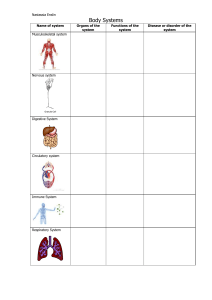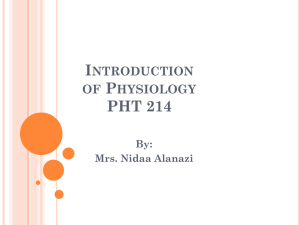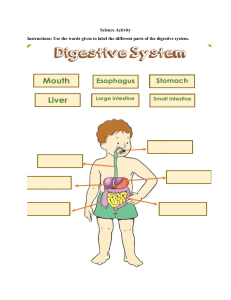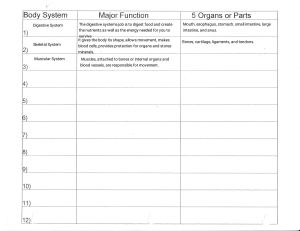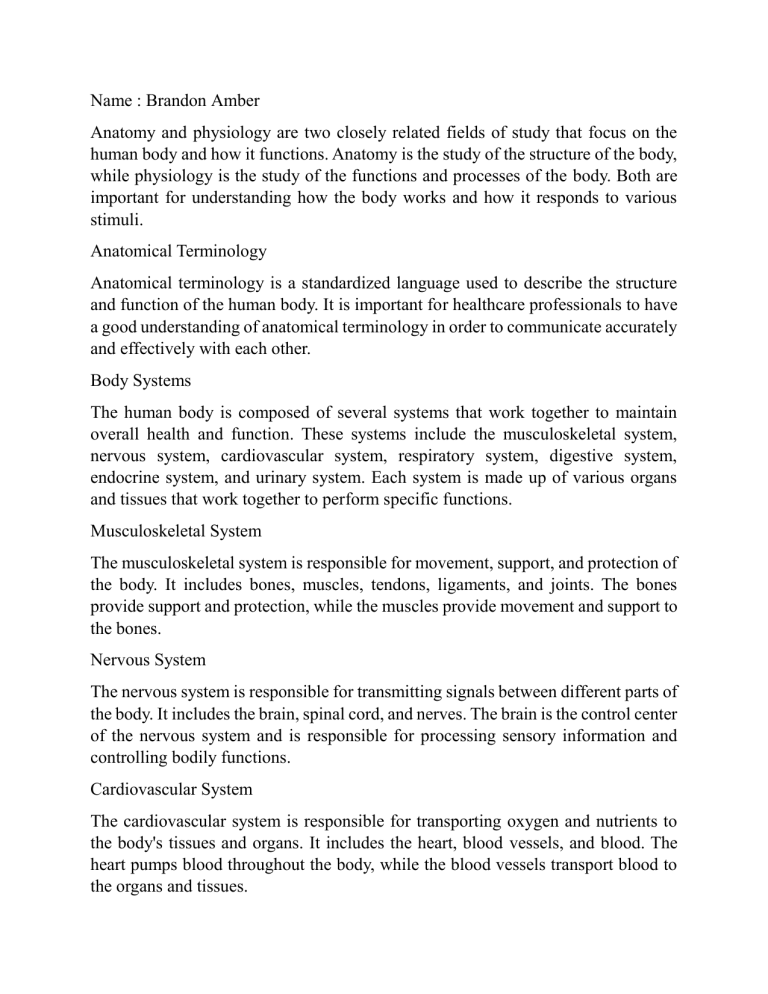
Name : Brandon Amber Anatomy and physiology are two closely related fields of study that focus on the human body and how it functions. Anatomy is the study of the structure of the body, while physiology is the study of the functions and processes of the body. Both are important for understanding how the body works and how it responds to various stimuli. Anatomical Terminology Anatomical terminology is a standardized language used to describe the structure and function of the human body. It is important for healthcare professionals to have a good understanding of anatomical terminology in order to communicate accurately and effectively with each other. Body Systems The human body is composed of several systems that work together to maintain overall health and function. These systems include the musculoskeletal system, nervous system, cardiovascular system, respiratory system, digestive system, endocrine system, and urinary system. Each system is made up of various organs and tissues that work together to perform specific functions. Musculoskeletal System The musculoskeletal system is responsible for movement, support, and protection of the body. It includes bones, muscles, tendons, ligaments, and joints. The bones provide support and protection, while the muscles provide movement and support to the bones. Nervous System The nervous system is responsible for transmitting signals between different parts of the body. It includes the brain, spinal cord, and nerves. The brain is the control center of the nervous system and is responsible for processing sensory information and controlling bodily functions. Cardiovascular System The cardiovascular system is responsible for transporting oxygen and nutrients to the body's tissues and organs. It includes the heart, blood vessels, and blood. The heart pumps blood throughout the body, while the blood vessels transport blood to the organs and tissues. Respiratory System The respiratory system is responsible for breathing and gas exchange. It includes the lungs, trachea, bronchi, and alveoli. Oxygen is taken in through the lungs and carbon dioxide is eliminated through exhalation. Digestive System The digestive system is responsible for breaking down food and absorbing nutrients. It includes the mouth, esophagus, stomach, small intestine, and large intestine. Digestive enzymes and acids break down food in the stomach and small intestine, while nutrients are absorbed into the bloodstream. Endocrine System The endocrine system is responsible for regulating hormones and metabolism. It includes the pituitary gland, thyroid gland, adrenal glands, and pancreas. Hormones are released into the bloodstream and travel to target organs and tissues to regulate various bodily functions. Urinary System The urinary system is responsible for eliminating waste products from the body. It includes the kidneys, ureters, bladder, and urethra. The kidneys filter waste products from the blood, while the bladder stores urine until it is eliminated from the body. Conclusion Anatomy and physiology are important fields of study for healthcare professionals. A good understanding of the human body and its functions is essential for diagnosing and treating diseases and injuries. By learning about the different body systems and how they work together, healthcare professionals can provide the best possible care to their patients.
